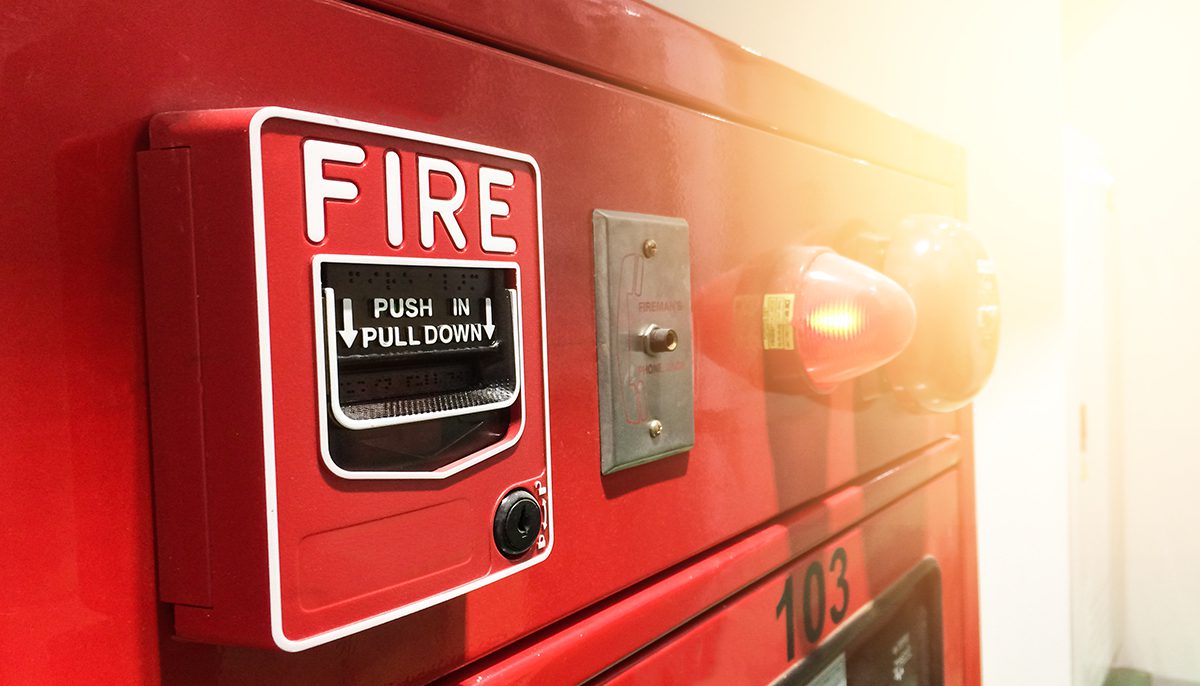How does visual communication support fire protection in logistics centers?
Logistics centers are the heart of the modern economy, and their proper functioning depends on many factors, including effective fire protection. The fire safety label, as an element of visual communication, plays an important role in minimizing fire risk and ensuring the safety of both employees and goods. Research indicates that clear and intuitive fire safety markings can significantly improve the response time in crisis situations. In this article, we will discuss how visual communication supports protective processes and what practical benefits its implementation in logistics centers brings.
Importance of evacuation signs and fire safety instructions
Effective fire protection in logistics centers requires a precisely designed system of evacuation signs and instructions, which are elements of fire protection labels. In logistics spaces where significant quantities of materials are stored, it is particularly important that each employee has easy access to clear and legible instructions on how to proceed in the event of a threat.
Fire protection includes both technical security systems and sprinkler systems for logistics centres, but also appropriate markings indicating evacuation points, fire extinguishing points or access routes to emergency exits. Without such visual support, no procedures will be fully effective.

What pictograms and markings are mandatory in logistics spaces?
Logistics spaces are characterized by a complex infrastructure. This requires the implementation of solutions adapted to the specifics of each facility. Fire safety markings that should be used include, among others:
- emergency exit signs – green pictograms indicating the shortest route to the exit;
- information signs – containing instructions on the use of fire extinguishers or hydrants;
- warnings – yellow signs indicating the presence of flammable substances.
It is worth emphasizing that effective visual communication requires systematic review and updating of signs. In the event of infrastructure modernization or a change in the warehouse layout, the signs should be immediately adapted to the new situation. Failure to do so may result in employee disorientation in a crisis situation.
The role played by sprinkler systems deserves special attention. In addition to their extinguishing function, these installations require clear marking of service points and the location of main valves, which additionally increases the effectiveness of rescue operations.
Employee Education – The Role of Visual Communication in Crisis Situations
Any fire protection system is only as effective as the people who use it. That is why employee education in fire protection is essential. Visual communication such as pictograms and information boards are the foundation for training and reminding people of safety rules.
Regular training sessions, during which the principles of evacuation, use of fire extinguishers or operation of systems such as fire sprinklers for the production hall, are discussed, allow you to consolidate the knowledge you have acquired. Visual elements support visual memory. This is especially important in stressful situations, when every second counts.
Implementing procedures whereby employees regularly familiarize themselves with the location of fire safety signs can significantly improve the overall safety of a facility. It is also important that this training is tailored to the specific job positions, as different requirements apply to warehouse workers and different requirements apply to management staff.
Effective fire protection in logistics centers is the result of the cooperation of modern technologies and clear visual communication. Fire protection label and appropriate fire protection markings both support preventive measures and minimize the effects of potential threats. Implementation of standards consistent with current requirements and systematic education of employees are fundamental aspects of safety in such facilities.
